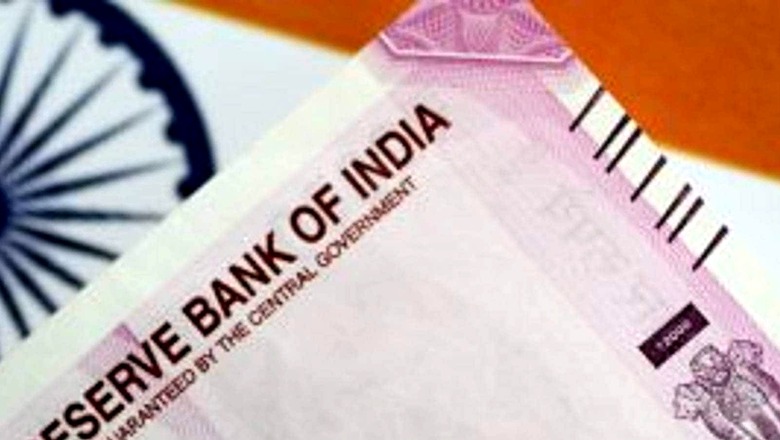
views
India’s fiscal deficit for the financial year 2021-22 stood at Rs 15,86,537 crore (provisional), or 6.71 per cent of the gross domestic product (GDP), which is lower than the 6.9 per cent deficit estimated in the revised Budget Estimates, according to official data released on Tuesday.
The revenue deficit at the end of 2021-22 was 4.37 per cent. For the last financial year, the government had initially pegged the fiscal deficit at 6.8 per cent of the GDP in the budget presented in February 2021, according to data released on Tuesday by the Controller General of Accounts.
According to the data, fiscal deficit in April stood at Rs 16.61 lakh crore, which is 4.5 per cent of the FY23 target. The government in the revised estimates in the Budget for 2022-23 forecast a higher fiscal deficit of 6.9 per cent of the GDP or Rs 15,91,089 crore for the fiscal ended in March.
The revenue receipts stood at Rs 21.68 lakh crore or 104.3 per cent of the revised estimate for FY22, while the net tax revenue was 18.2 lakh crore, according to the data. The government’s total expenditure in the April-March 2022 stood at Rs 37.94 lakh crore, just above the revised budget estimate.
Revenue from disinvestment and various asset sales stood at just over Rs 14,000 crore in the financial year 2021-22, against the budgeted target of Rs 78,000 crore.
In March alone, total receipts jumped 36.6 per cent year-on-year to Rs 3.80 lakh crore as net tax revenue rose 61.5 percent to Rs 3.39 lakh crore because of the quarterly advance tax payments.
On the expenditure side, total spending was 5.9 percent lower year-on-year in March at Rs 6.50 lakh crore. However, capital expenditure in the last month of FY22 was over five times higher compared to the corresponding period of the previous year at Rs 1.08 lakh crore.
Icra Chief Economist Aditi Nayar said, “The provisional data indicates that the fiscal deficit of the Government of India was contained marginally below the FY22 revised estimate, benefiting from the higher tax (+Rs 0.55 lakh crore) and non tax (+Rs 0.34 lakh crore) revenue receipts and lower capital spending (-Rs 0.1 lakh crore), which absorbed the deficit in non debt capital receipts (-Rs 0.61 lakh crore) and higher revenue expenditure (+Rs 0.34 lakh crore).”
Sunil Kumar Sinha, principal economist at India Ratings and Research, said that while revenue expenditure was 1.1 per cent higher, capex was 1.6 per cent lower than FY22 (RE). Clearly inflation-driven nominal GDP growth has led to higher tax collections and resulted in marginally better fiscal performance than FY22 (RE).
“Higher inflation though is going to be a drag on the household consumption, it will lead to higher tax collection for government (inflation tax) due to higher nominal GDP. However, the headwinds from Ukraine-Russia conflict will cast shadow on FY23 budgeted expenditure by putting pressure on subsidy and other income support measures of the government,” he added.
Read all the Latest Business News here



















Comments
0 comment